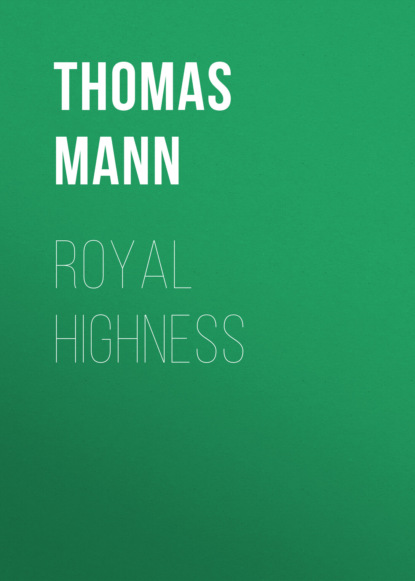Sayfa sayısı 420 sayfa
0+
Kitap hakkında
In «Royal Highness,» Thomas Mann presents an exquisite exploration of aristocracy and the nuances of human relationships amidst the backdrop of a fictional European principality. Written in 1909, the novella showcases Mann's distinctive literary style'Äîcharacterized by dense prose, rich psychological insight, and intricate character development. Through the lens of the protagonist's coming-of-age journey, Mann deftly navigates themes of social obligation, love, and the internal conflicts of a young royal confronting the hollow nature of privilege and expectation in a rapidly changing world. The novella resonates with the historical context of the early 20th century, a time rife with existential questioning and the reflection of European values in the face of modernity. Thomas Mann, a German novelist and essayist, famously garnered international acclaim with his profound works that delve into morality, society, and the individual psyche. Drawing from his own experiences in a family intertwined with both artistic and bourgeois elements, Mann's upbringing in a socio-culturally rich environment influenced the thematic concerns present in «Royal Highness.» The novella is considered a precursor to his later masterpieces, showcasing the early signs of his literary genius and philosophical contemplations. I highly recommend «Royal Highness» to readers interested in exploring the intersections of societal structures and personal identity. Mann'Äôs incisive commentary and lyrical language invite the reader to reflect deeply on their own societal roles while simultaneously immersing themselves in a compelling story of individuality and duty. This novella not only enriches our understanding of the aristocratic experience but also serves as a timeless meditation on the human condition.
